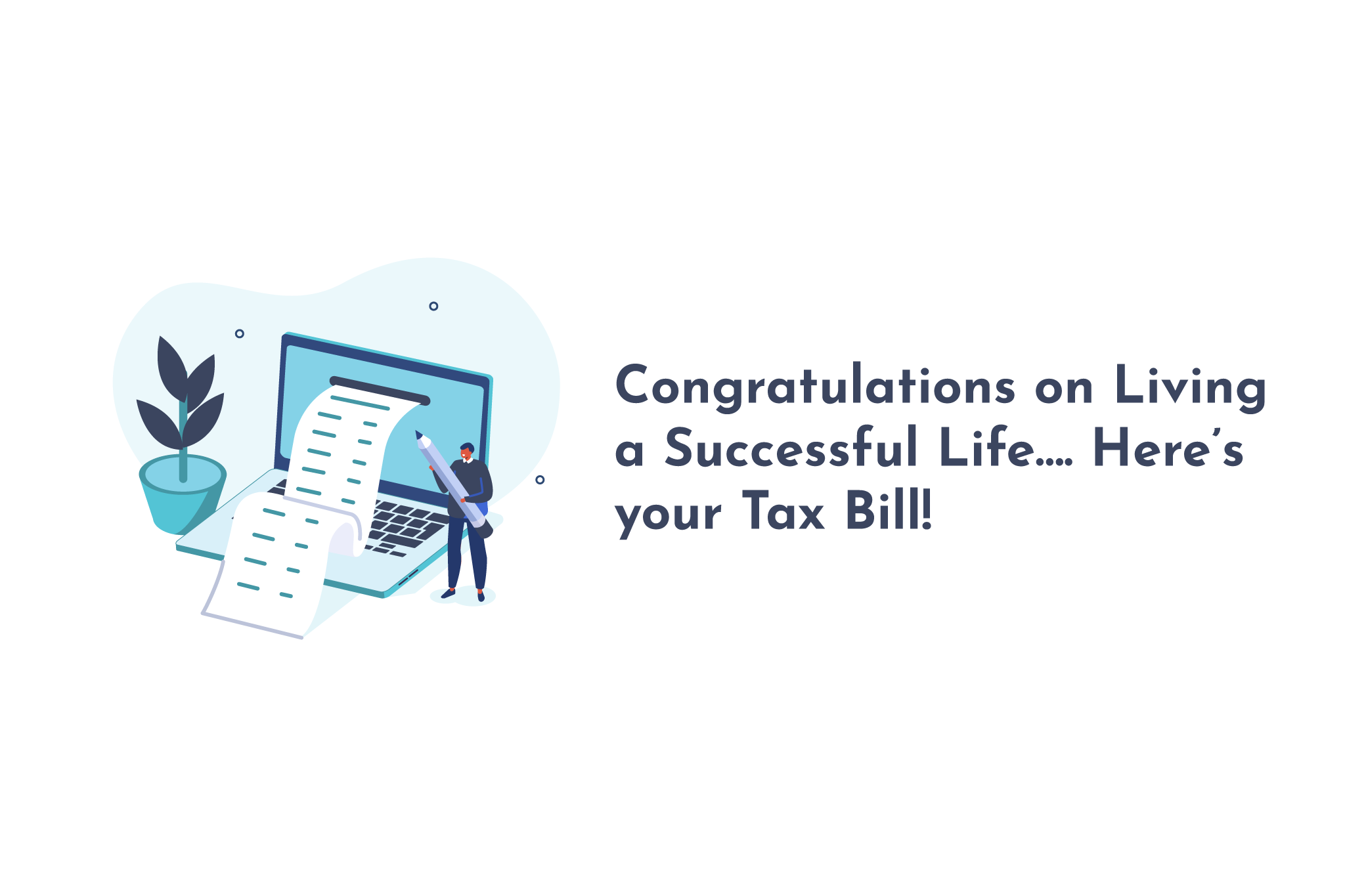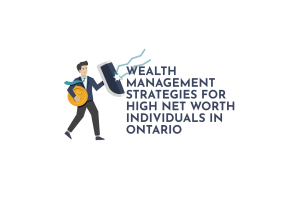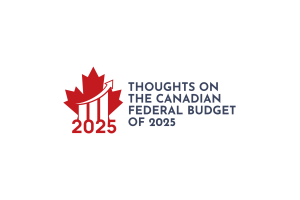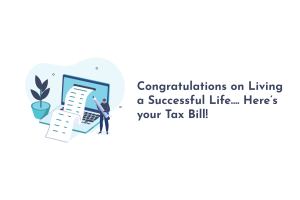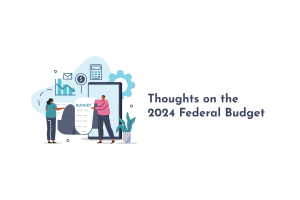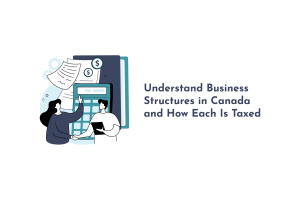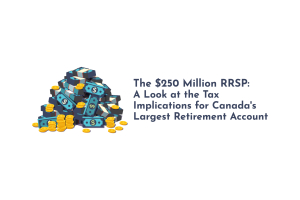With the 2024 federal budget announcing the increase in the capital gains inclusion rate from 50% to 66 ⅔% for amounts over $250,000 I thought that it may be a good time to take a look at how this can affect taxpayers in Canada. Let’s get one thing straight. Taxes on capital gains and how much you need to include in your income has always been a bit of a moving target. Capital gains tax and inclusion didn’t even exist prior to 1972. In the interim years the inclusion rate has risen to 75% and dropped back down to 50%. The government would have you believe that the change in the 2024 budget to the inclusion rates is aimed at making the wealthy pay more taxes and thus, increasing government revenues this way. Is this really the case though? There are definitely some examples of ways that the average Canadian could be impacted by this change. Having a sound plan in place to help offset these gains is more important than ever after the rules have been changed. Let’s take a look at a few circumstances where the gains rule will affect people and how a sound financial plan can help you avoid an unwanted tax bill.
In This Article:
- Some Important Terms
- Example #1 – Working at a Startup
- Example #2 – Owning Multiple Properties
- Conclusion
Some Important Terms
To begin with, let’s take a second and define some of the important terms that you will see again and again when you are dealing with capital gains.
- Inclusion Rate: This is how much of the capital gain that you received that you need to include in your taxable income for the year in which it is received. Under the 2024 federal budget this is 50% on the first $250,000 in gains in a year and 66.2/3 % for any dollars after that.
- Adjusted Cost Base (ACB): This is the amount that you paid for a capital asset. For example, the purchase price of your cottage or how much you paid for stock that you own in a company. You may also hear this called the book value of an asset.
- Capital Expenditures: This can be added to the ACB if an asset, For example, if you made a renovation to your cottage that cost you $100,000 you can add this amount to your ACB
- Proceeds of Disposition: This is how much money you make when you sell an asset
- Fair Market Value (FMV): This is the amount that an asset would sell for on the open market. It eliminates the possibility of selling someone you are closely related to an asset for a small amount of money to avoid paying the full tax bill on the transaction.
- Deemed Disposition: When a taxpayer dies in Canada it is said that there has been a deemed disposition of all of their assets. This means that in the eyes of the government you liquidated everything you owned a second before you died, all for Fair Market Value at the time you passed away.
- Capital Gain: This is the difference between the ACB of a property and the proceeds of sale from that property. It’s what we are all here to talk about!

Example #1 – Working at a Startup
Startup businesses often face similar issues. Typically they need to reinvest as much capital back into the business as possible in the early days, making the cash on hand to pay their employees harder to come by. The trick here is that in order to be successful a startup company needs to attract high quality employees that have a long term focus to make the business successful. As a way to do this many of these companies offer share ownership as part of the overall compensation package. This means that in lieu of salary employees are given shares at low (or sometimes no) cost compared to the price that the public would pay. If the start up becomes successful you could see employees in a situation where they have a stock portfolio where their cost base is very low, the value is very high and there isn’t a lot of diversification. This is where working with a financial advisory team can be very helpful, particularly under the new capital gains inclusion rules. By strategically redeeming shares in the business you will be able to make sure that you stay under the $250,000 capital gain limit in any given year, making the transactions as tax efficient as possible. Ideally you would then build yourself a properly diversified portfolio that matches with your risk tolerance and will allow for stable long term growth to help you reach your goals.
Example #2 – Owning Multiple Properties
Capital gains rules apply to the sale of any piece of real estate that you own aside from your principal residence. This means that if you own investment properties or if you own a vacation property and you sell them the transaction will be subject to capital gains tax. The downside to real estate transactions is that, unlike stock sales when you can time the redemptions out strategically, a real estate sale is a lump sum transaction. There is no way to stagger the gain out over many years to stay under the $250,000 limit for the 50% inclusion. This means that you may be faced with the higher inclusion on some of the proceeds of sale.
This is of particular importance when you own multiple properties at the time of your death. One of the terms we defined at the beginning of the article was the deemed disposition. This applies to all of the property that you own when you pass away. Your principal residence is exempt from capital gains but the remaining properties will all be subject to capital gains inclusion in the value of your estate. This happens even without the actual sale of the asset. You are deemed to have sold everything at fair market value when you died and now your estate is going to owe income taxes on any capital gains. This can be substantial. Think of a family cottage that was purchased in the 1980’s for $100,000. Let’s also add in a capital expenditure on that property of another $100,000 in improvements so the adjusted cost basis of the cottage is $200,000. If you follow real estate values at all you know that cottage-style properties have increased substantially in value since the 80’s. If the fair market value of that cottage is $1,000,000 your estate is faced with an $800,000 capital gain. The first $250,000 triggers $125,000 in taxable income, the remaining $550,000 in gains at the new inclusion rate triggers $366,685 in income. This brings the total to $491,685 in taxable income for your estate. Under the old inclusion rates it would have been $400,000 in income. What’s the difference in taxes? In Ontario for 2024 $491,685 attracts $219,853 in tax owing. $400,000 in income would mean $170,775 in taxes. That’s a difference of $49,078 in taxes owing using the new inclusion rules. The kicker is that these taxes are owing but the asset hasn’t actually been sold. The money needs to come from somewhere. This is where estate planning is essential. If keeping an asset in your family is important to you it is an absolute must that you consider life insurance as an option to help fund any capital gains that would be owed on a property.

Tax Bill: Conclusion
The new capital gains rules will affect different people in different ways. The government suggests that the new rules will mainly impact the wealthiest segment of Canadians. While it may be true that the wealthy are the ones that face the most capital gains issues, they are also the people who typically have the means to pay the tax bill as well. The people that will face the biggest problems will be those who own things like a family cottage that they want to pass to subsequent generations. Without the means to pay the tax bill as part of their estate many people may be forced to face the reality that the only way that they can pay the tax bill is to actually sell the asset that is responsible for creating it. It bears repeating here, this is where proper estate planning using life insurance is a key tool available to all Canadians. Remember that your estate plan is not something that lives in a drawer once you complete it, it is a fluid plan that you need to review on a regular basis. This will make sure that it keeps up with changing rules and that your long term whisked will be easier to maintain. If you would like to learn more about tax implications book a call with one of our financial advisors.
